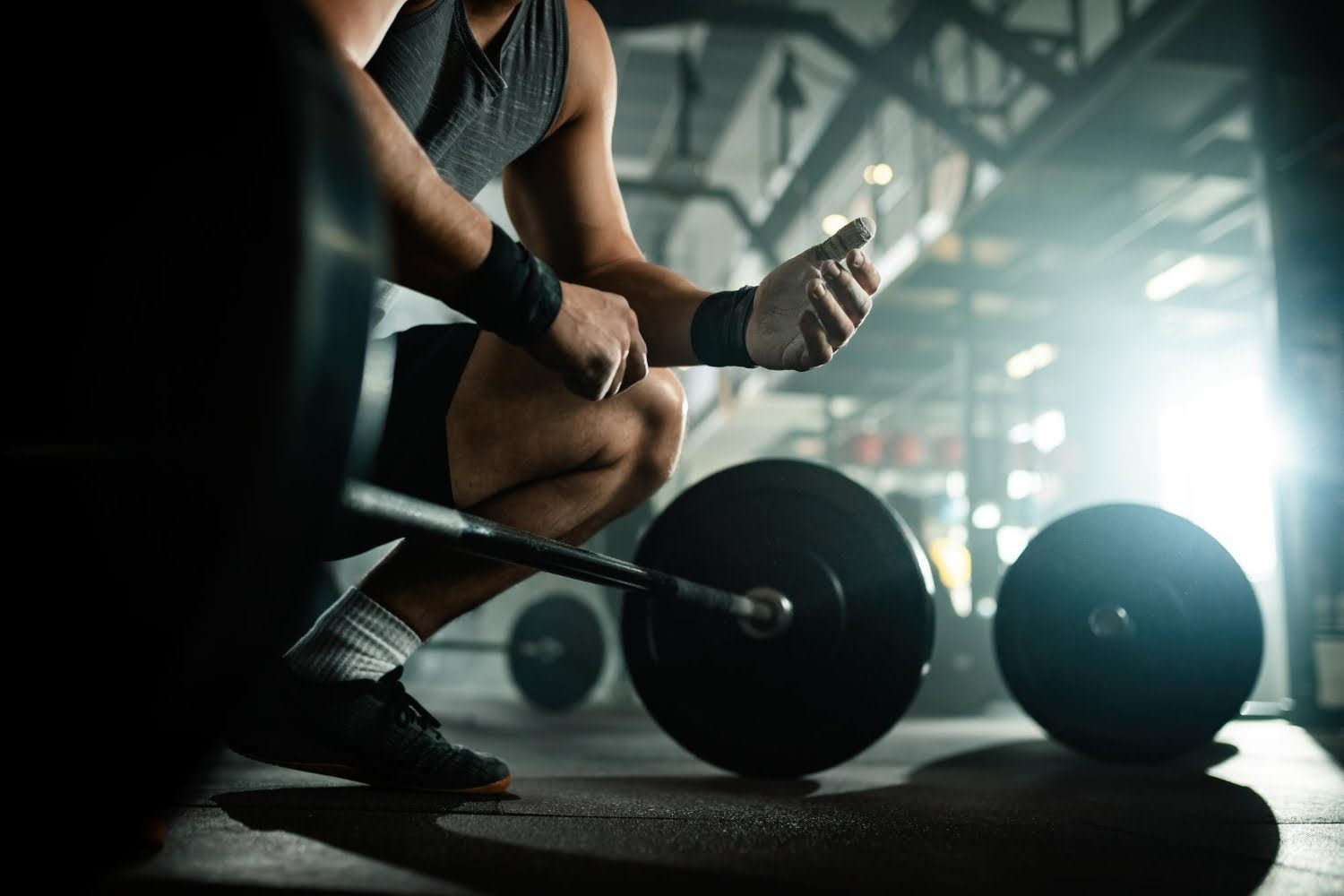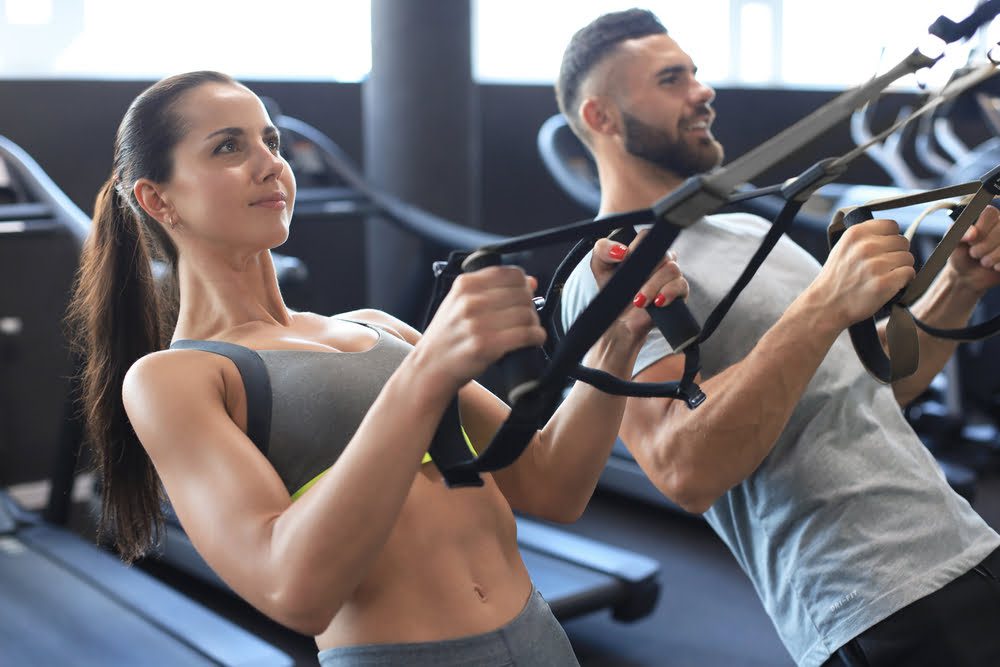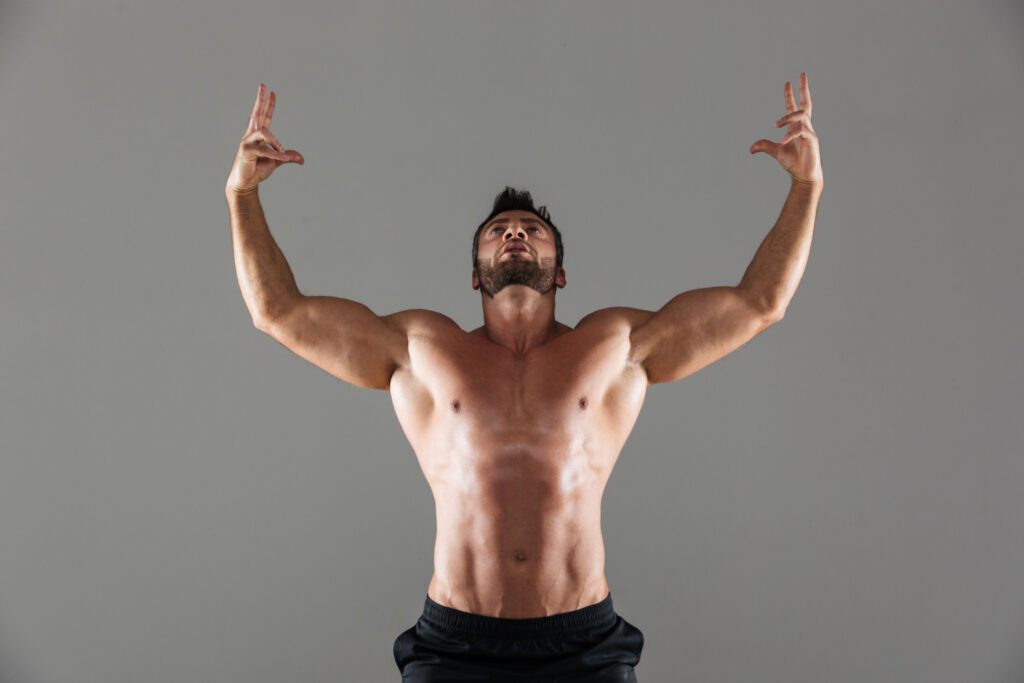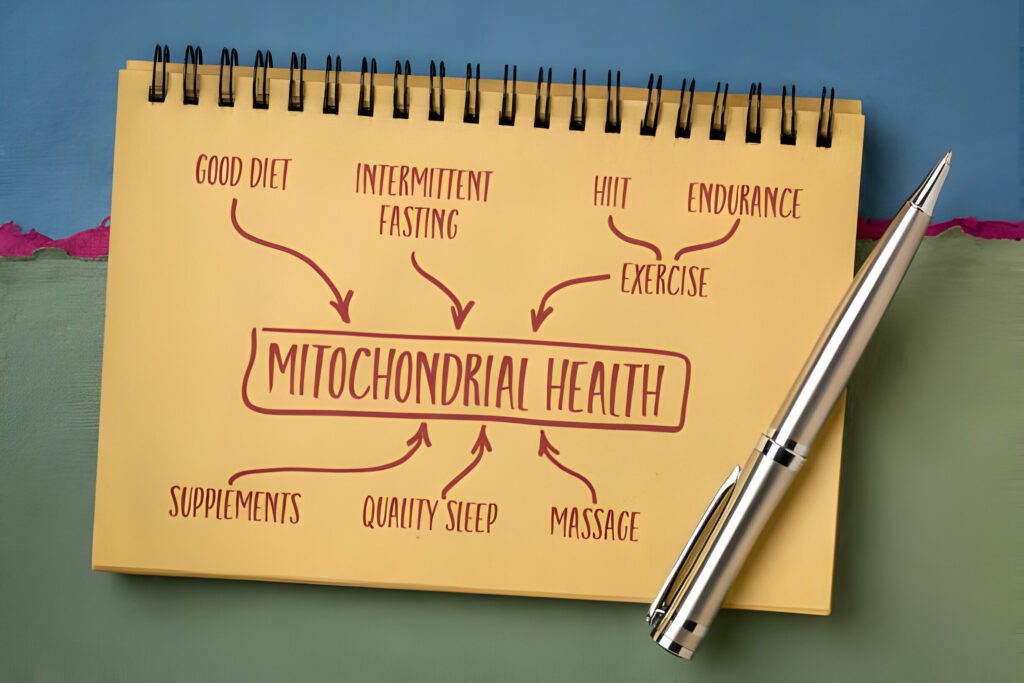Motivation is an important part when training and that is why at we have talked about how important it is to achieve good results . But it doesn’t always accompany us as we would like. That’s why in this post we are going to stop at a basic training routine for those days when we feel less motivated .
Those days when the desire is not with us, and when we may not feel like training as much, we can opt for a faster routine in which we work all parts of the body , and helps us stay active .
This time we are going to stop at that, on a simple routine with which we are going to touch all parts of the body . It will help us to be active without having to think about what exercises we are going to do, or concentrate on a muscle group intensely.
A Quick and Easy Workout Routine: Perfect for Days When You’re Not Motivated.
The routine that we are going to describe below can be used both for moments of demotivation and for moments when time is not on our side and we want to do a complete workout for all parts of the body.
1. Lunges to work your legs.
Let’s start with the lower body . We can work our legs with an exercise known as lunges . To do it we don’t need anything more than our body or some dumbbells that we can hold in each hand and can serve as resistance.
We will stand facing forward with our backs straight. In this position we are going to put one leg forward and leave the other leg behind supported by the tip of the foot. We will keep the front leg completely supported by the sole of the foot and bend at the knee to descend and ascend.With this exercise we will influence the different muscles of the legs quickly and easily.
The leg that we have at the back will be stretched and when we descend we will bend it at the knee, so that we will concentrate the tension on the leg muscles and the glutes . It is important to keep your back straight and if we tilt it slightly forward, we will divert some of the tension to the glutes.
2. Glute bridge to work the back of the body and core.
Secondly we are going to concentrate on another glute exercise . This is the gluteal bridge . It is a simple exercise to work this part of the body. To do this we will place ourselves face up with our backs resting on the ground.
We will place our legs bent at the knees and our feet flat on the floor . We will place our hands on the sides resting on the floor, since all the tension of the exercise will be concentrated in the glutes, since we are going to elevate this part. It is important to move the pelvis by contracting the glutes and squeezing the abdomen to strengthen this part.
By raising the part we will keep the back supported by the upper part, while we will raise the body through the action of the glutes and the contraction of the abdomen, which will be projected through an upward movement of the pelvis . This exercise will help us concentrate all the tension in this part and thus improve the exercise.
3. Lat pulldown on high pulley to work the back.
As the next muscle group we are going to stop at the dorsal part . To do this, we are going to perform a simple exercise such as the pulley pull . This exercise will activate all the dorsal muscles and in addition, we can influence one part or another of the back by changing the grip.
This exercise is simple, since we will place ourselves on the machine and we will draw the load towards the chest. It is important to keep your back straight , not put tension on your shoulders or bring them forward by drawing the load towards us. It is important to keep your back straight and not lean too far back to concentrate the tension on the dorsal muscles.
Only the dorsal muscles will have to act in this exercise. To do this, it is important to control the load, because when we use too much, we will normally tend to lean our body backwards to use inertia to lift the load.
We should not do this tilt of the back backwards , since we will transfer the tension elsewhere, but it should be the dorsal muscles that support it and that we work on at all times. That is why it is important to pay attention to this and always maintain it throughout the duration of the exercise.
4. Barbell bench press to work the pectoral.
The next exercise will focus on the pectoral muscles . We are going to focus on the bench press . To do this we will need a bench with the bar, where we will place the load that we are going to use.
We will lie down on the bench and with both hands, parallel to the chest, we will grab the bar with both hands and we will raise the load and lower it through the action of the pectoral muscles. It is important to keep your back close to the bench, and grab the parallel bar with both hands to lift the load.
It is important that the descent be controlled to concentrate all the tension on that part of the body . We can descend until we touch the chest, or leave it about a hand’s breadth away. If we leave distance, the impact on the shoulder will be less than if we lower the entire load completely.
5. Lateral shoulder raises to work the deltoids.
For the shoulders we are going to stop at the lateral raises . To do this we will grab a dumbbell with each hand. We will stand facing forward with our legs slightly apart.
In this position what we will do is raise the dumbbells laterally to influence the deltoid muscles . To do this, the appropriate thing to do will be to raise your arms with your elbows slightly bent upward, so that the dumbbells are a little lower than your shoulder. To do it correctly, it is necessary to raise your arms with your elbows slightly bent and a little higher than the dumbbells to influence the deltoid muscles.
This movement will help us concentrate the tension on the part we are going to work on . We must perform the movement in a slow and controlled manner, especially when descending, to adequately influence the muscles worked.
6. Barbell biceps curl.
For biceps work we are going to stop at the traditional biceps curl . We will simply grab a weighted bar and stand facing forward. We will separate our legs at hip height and keep our back straight.
Starting from this position, through the action of the biceps, we will raise the load by bending the elbows and bringing the load towards the chest . It is important that the arms are as close to the trunk as possible to concentrate the tension on the muscles worked. It is important to concentrate by keeping your arms close to your trunk and avoid bending your back backwards to propel yourself.
It is essential that when performing the exercise we do not lean back or arch our back , since if this happens, we are using an excessive load. It is necessary to control that it is the biceps that are lifting the weight and that you are concentrating on this part.
7. High pulley triceps extension.
For triceps work we are going to stop at the exercise known as high pulley triceps extension . For this you need a pulley with a rope grip. We will face the pulley, and with each hand we will grab one end of the rope.
It is important to keep your feet firmly planted on the ground and keep your eyes straight and your back straight. In this position what we will do is carry the load downward through the action of the triceps .It is important to concentrate the tension on the triceps, keeping the arms close to the trunk and avoiding leaning the body forward.
It must be taken into account that for the exercise to be effective, we must stick our arms to the sides of the trunk as much as possible , so that the tension is concentrated as much as possible on the triceps. Nor should we bring the spine forward, since we will be displacing the tension, and what we want is to appropriately influence the muscles that we are going to work.
This simple routine, based on basic exercises, can serve as a wild card when we lack the strength and motivation to carry out a more exhaustive and concise training. Therefore, we can use it to be active with little effort.
Furthermore, to reduce the impact and physical requirement, we can use smaller loads and concentrate more on each exercise, paying close attention to each of the movements we are going to perform.
It is important that we know that this routine only seeks to keep the muscles active, but it is not a way to achieve complete hypertrophy and it is not a routine to repeat daily , but rather it is simply for special occasions in which we do not We find ourselves completely well and strong.
How we reviewed this article:
Our team of experts is always monitoring the health and wellness field, ensuring that our articles are updated promptly as new information emerges. See Our Editorial Process
May 13, 2025
Written By: Ethan Marshall
Reviewed By: Kate Corfield
Written By: Ethan Marshall
Reviewed By: Kate Corfield

 Workout
Workout
 Meditation
Meditation





 Contact Us
Contact Us










